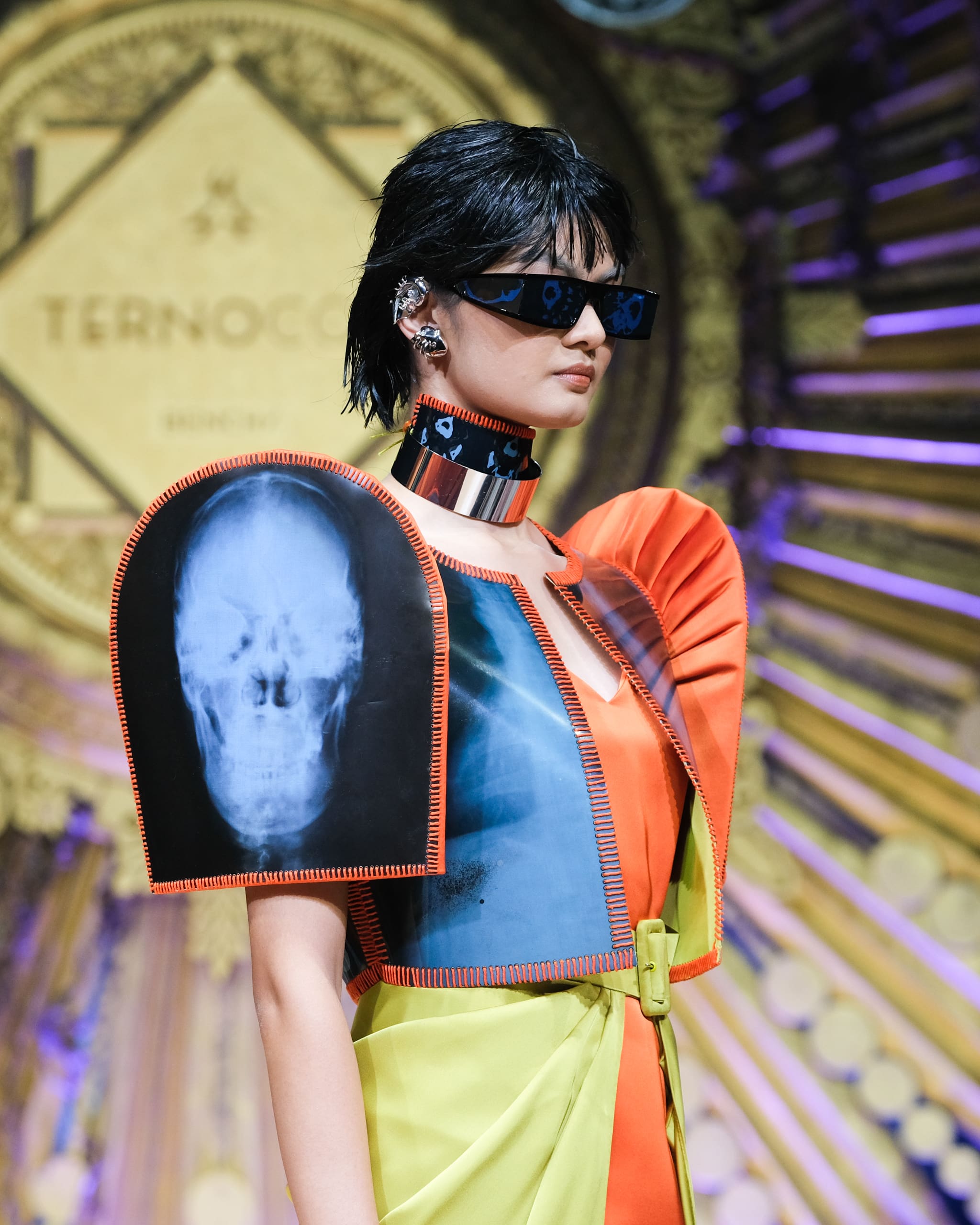Ed Simon
At this year’s TernoCon, 12 designers took on the challenge of recreating the Balintawak.
The third-ever edition of TernoCon took place on January 28, at the CCP Tanghalang Ignacio Gimenez Black Box Theater. Twelve designers from all around the Philippines presented their interpretations of the heritage garment; more specifically, the Balintawak, a more casual variation known to be worn on the go or in the countryside.
The Balintawak was chosen by TernoCon artistic director Gino Gonzales, who thought the “less ostentatious” option was fitting for the times. This year’s contestants were split off into four groups to be mentored by four established designers in the local industry; Inno Sotto, Chito Vijandre and Ricky Toledo, Denis Lustico, and Joey Samson.
After months of workshops and collaboration with their mentors, each designer revealed two looks during the culminating show, which represented their unique reimagined designs. In keeping with the spirit of the convention, their collections hope to bring our rich history into the present for a brand new generation to enjoy.
See the looks below.
Geom Hernandez
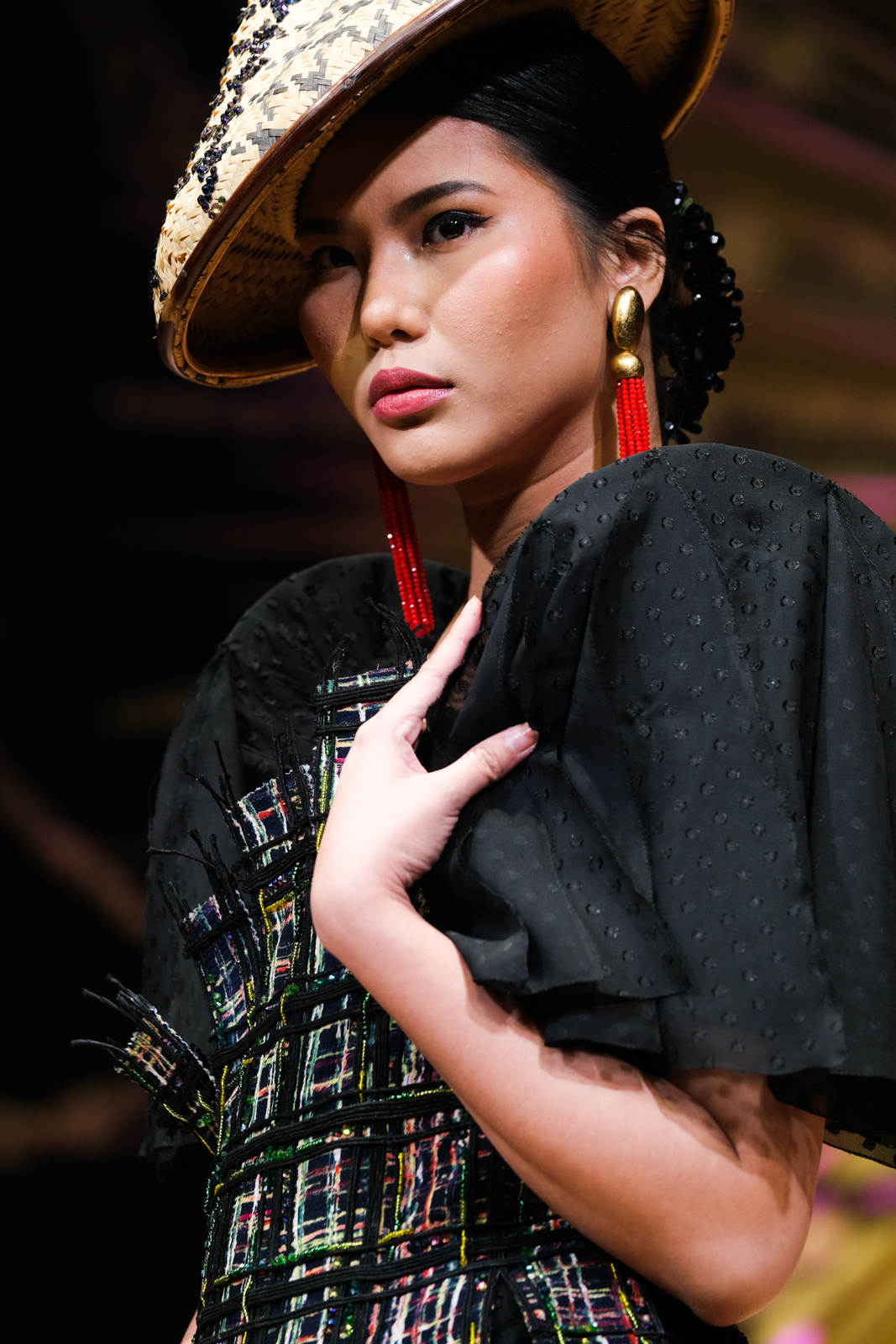
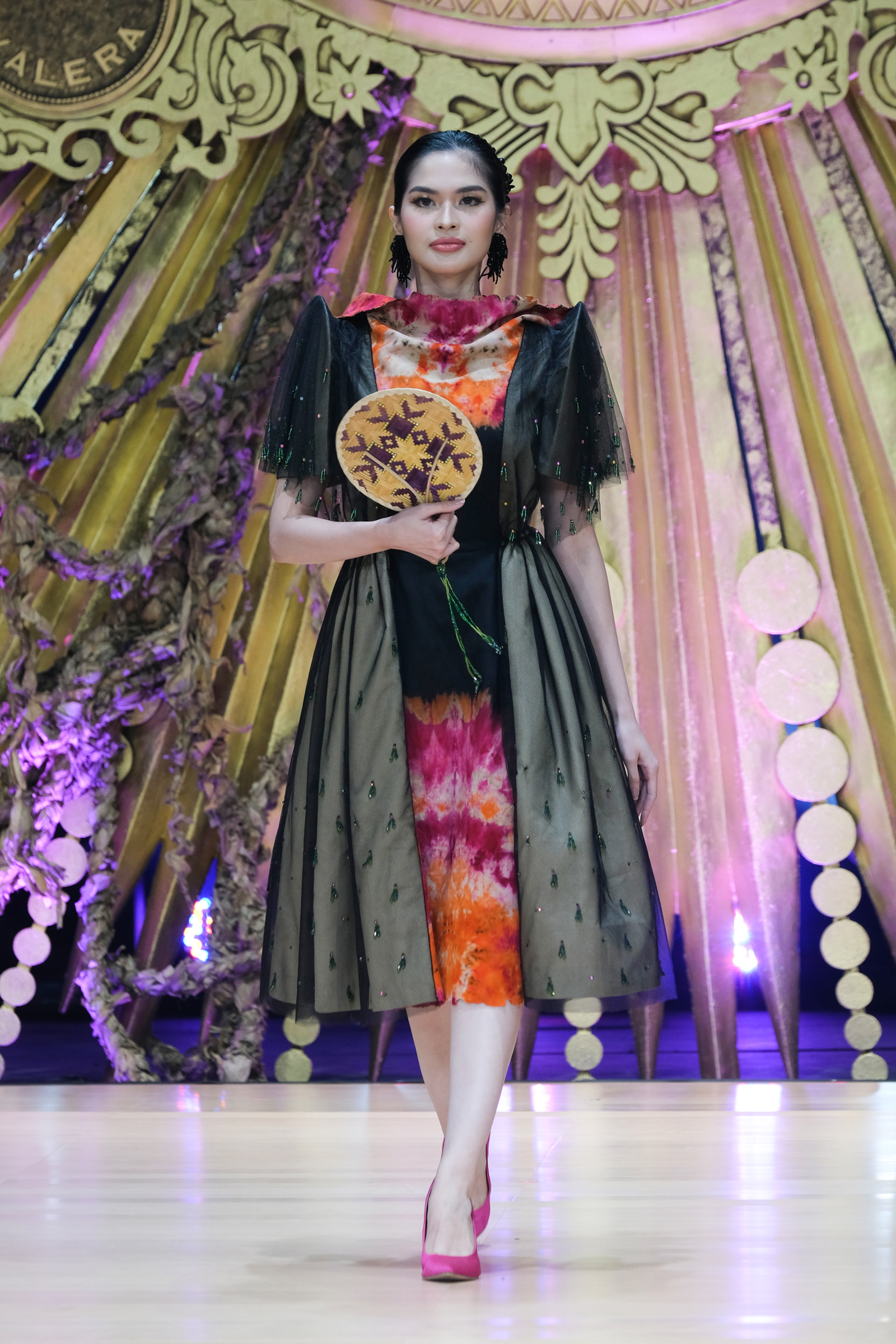
Batangas-based designer Geom Hernandez took inspiration from the fabrics he used and played off of their unique qualities. With his pieces, Hernandez hopes to show that no matter what size, shape, or style, there is a terno meant for you.
Amor Albano
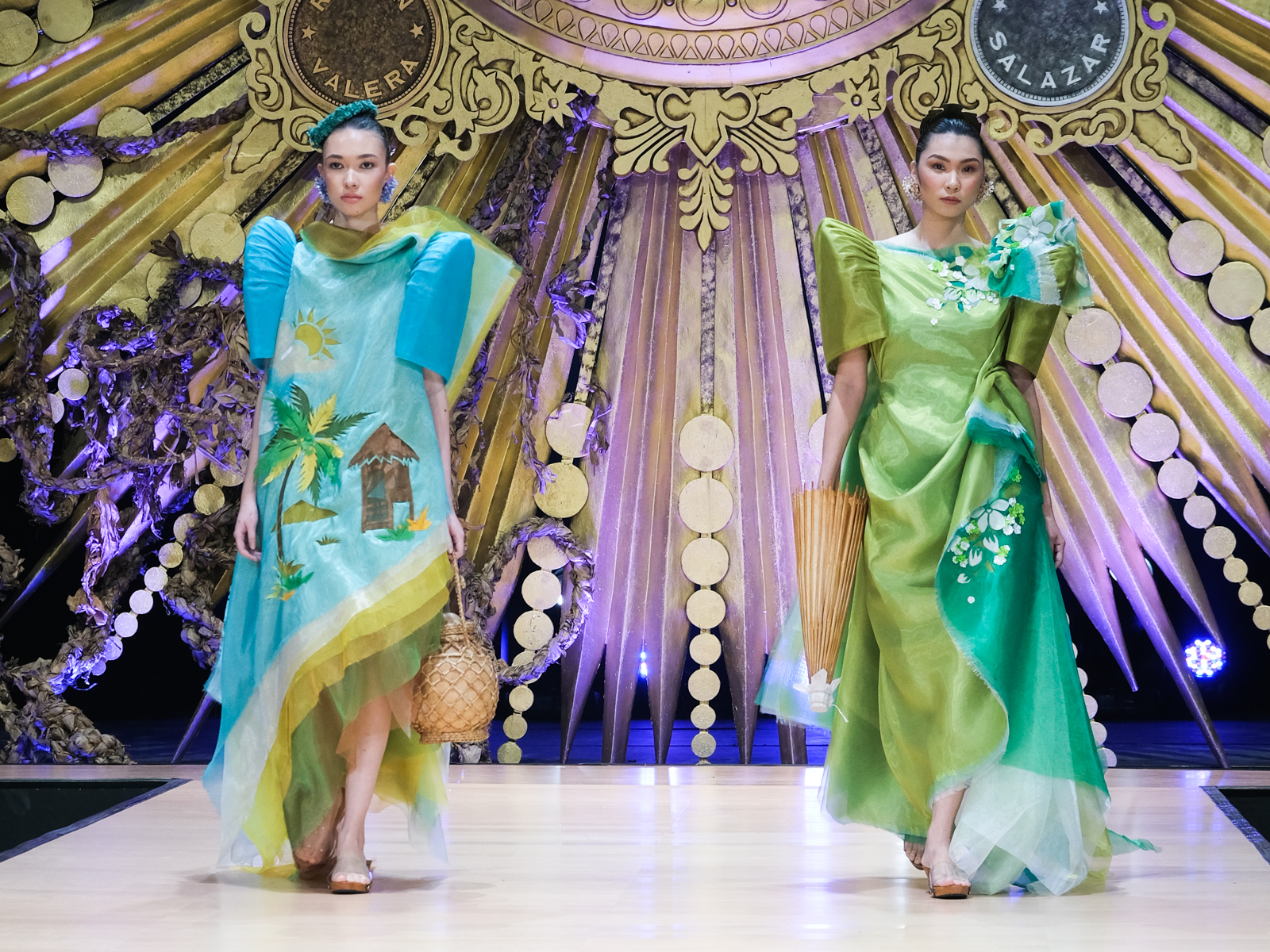
Ilocos Norte-based designer Amor Albano was awarded the Chief Mentor’s Medal for her interpretation of the Balintawak which used inexpensive, light material. Inspired by pastillas wrappers, the designer wanted to evoke ease and airiness. The first look makes use of imagery invocation of our national flower, the Sampaguita, and the second references the countryside or bukid.
Glady Rose Pantua
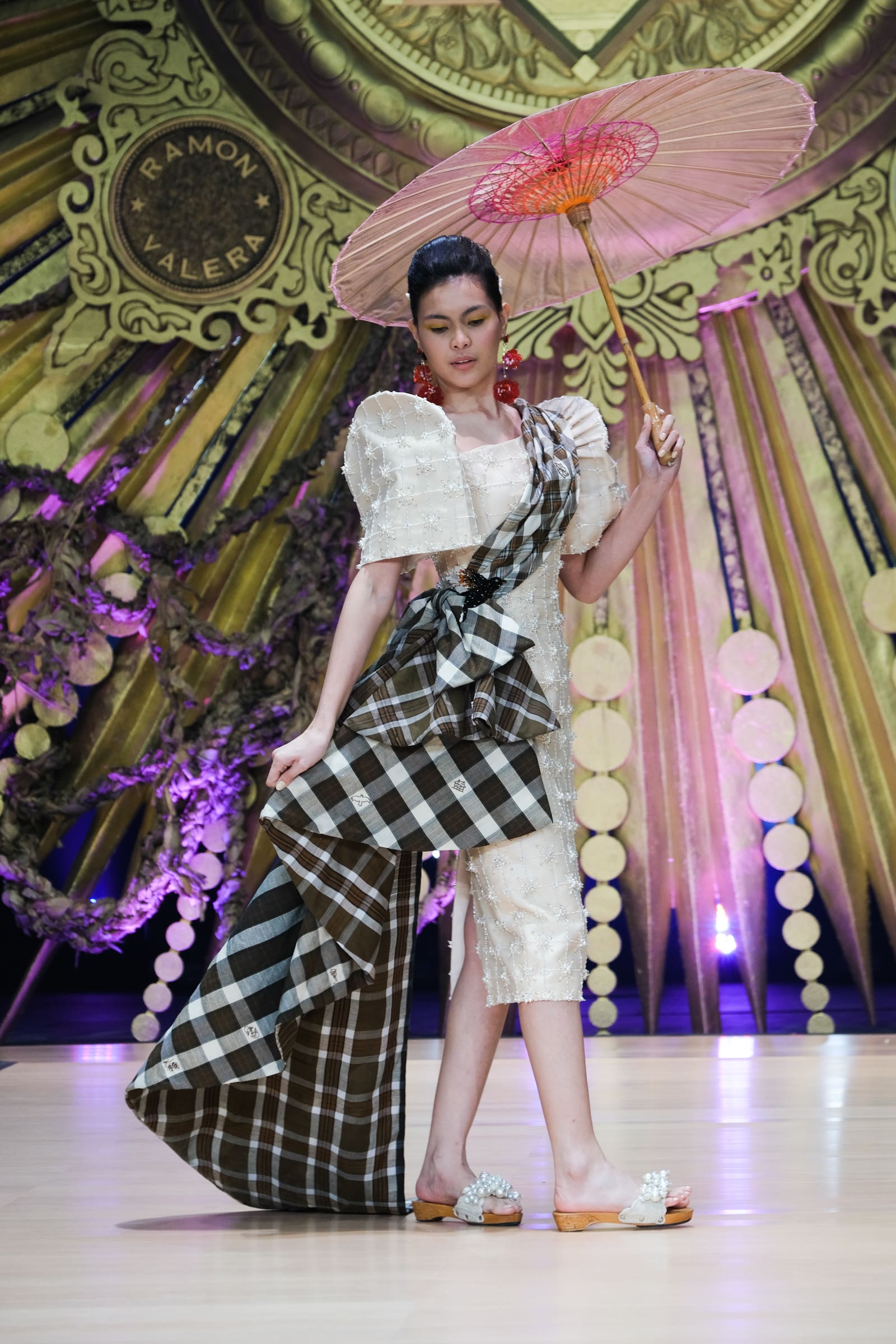
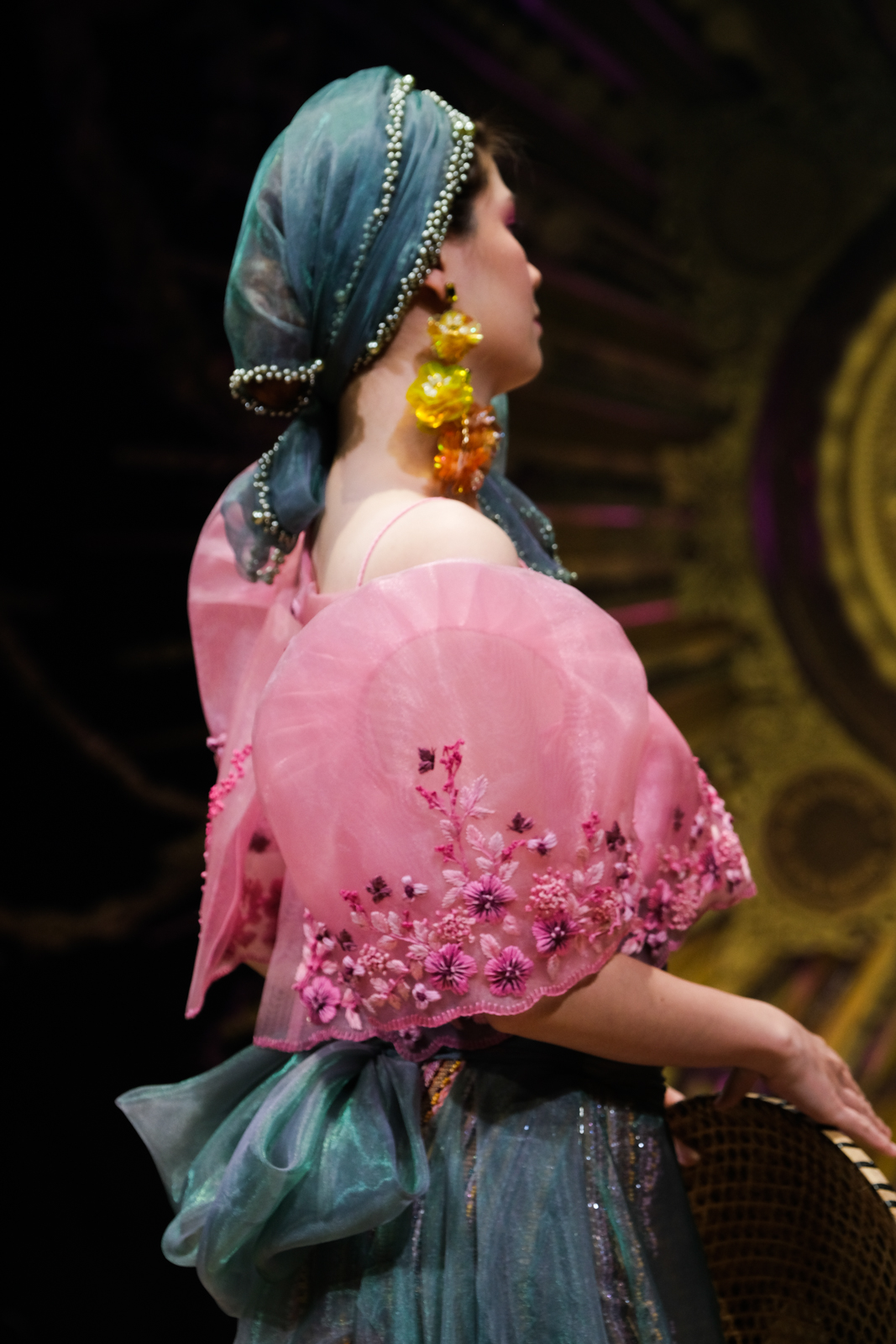
Glady Rose Pantua took home the third prize this year for her designs that infuse the Yakan cloth from her province, Zamboanga. She hopes to show the world that these local weaves can also be turned into a Balintawak, emphasizing the diversity of our own Filipino culture.
Bree Esplanada

Bree Esplananda’s designs took inspiration from figures in Philippine mythology, namely the aswang and the tikbalang. The Cebuano designer hand-illustrated elements of his final design to bring a childlike-whimsy to otherwise dark characters.
Dee Javier
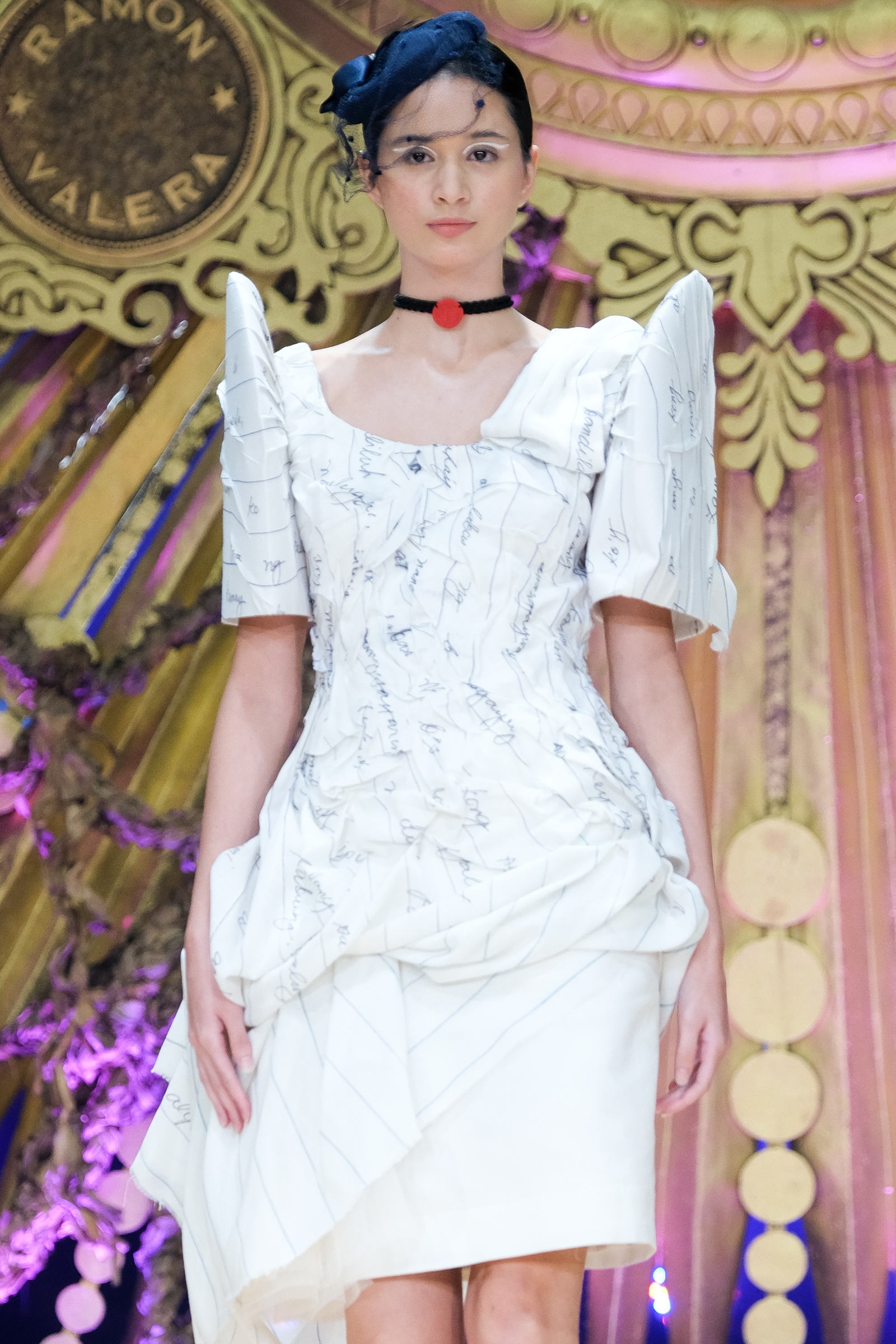
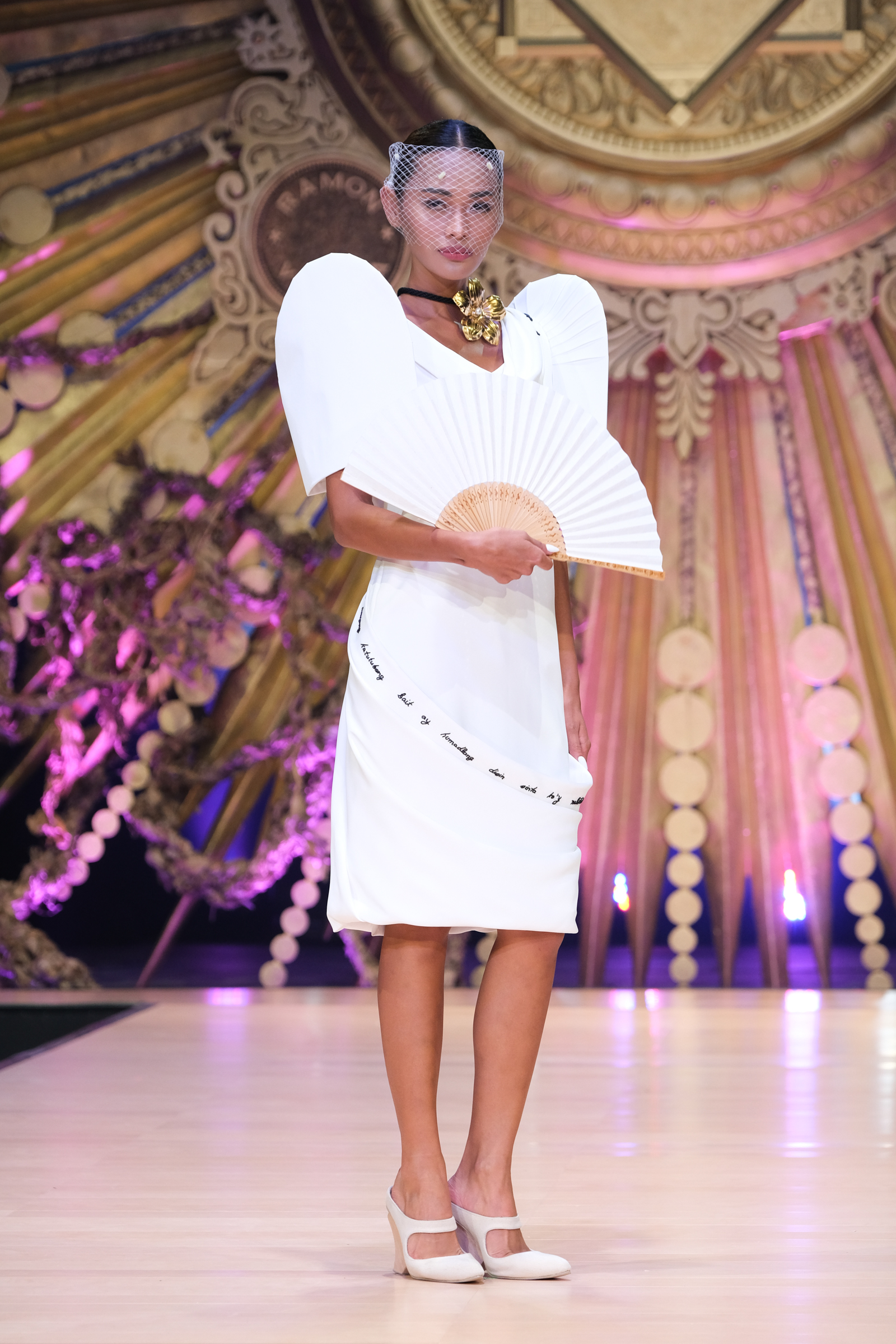
Manila-based designer Dee Javier told the story of love and loss within his two garments. His looks infuse embroidery from love letters and lines from the Filipino classic Florante at Laura by Francisco Balagtas. In keeping with the values of TernoCon, Javier says that we can learn from our past and use it to create something new.
Al Rey Rosano

Hailing from Negros Oriental, designer Al Rey Rosano’s designs capture the bold colors of the sunset in his hometown of Santa Catalina. To capture the sun’s rays, Rosano made use of techniques like micro pleating and ruching, giving his designs a unique texture.
Glyn Alley Magtibay


Oriental Mindoro-born designer Glyn Alley Magtibay describes being fascinated by the beauty and uniqueness of X-rays. She experimented with various techniques to make the X-rays wearable, with the hopes of inspiring a new generation of creatives to think outside the box and give new meaning to objects that might otherwise be discarded as waste.
Gabbie Sarenas
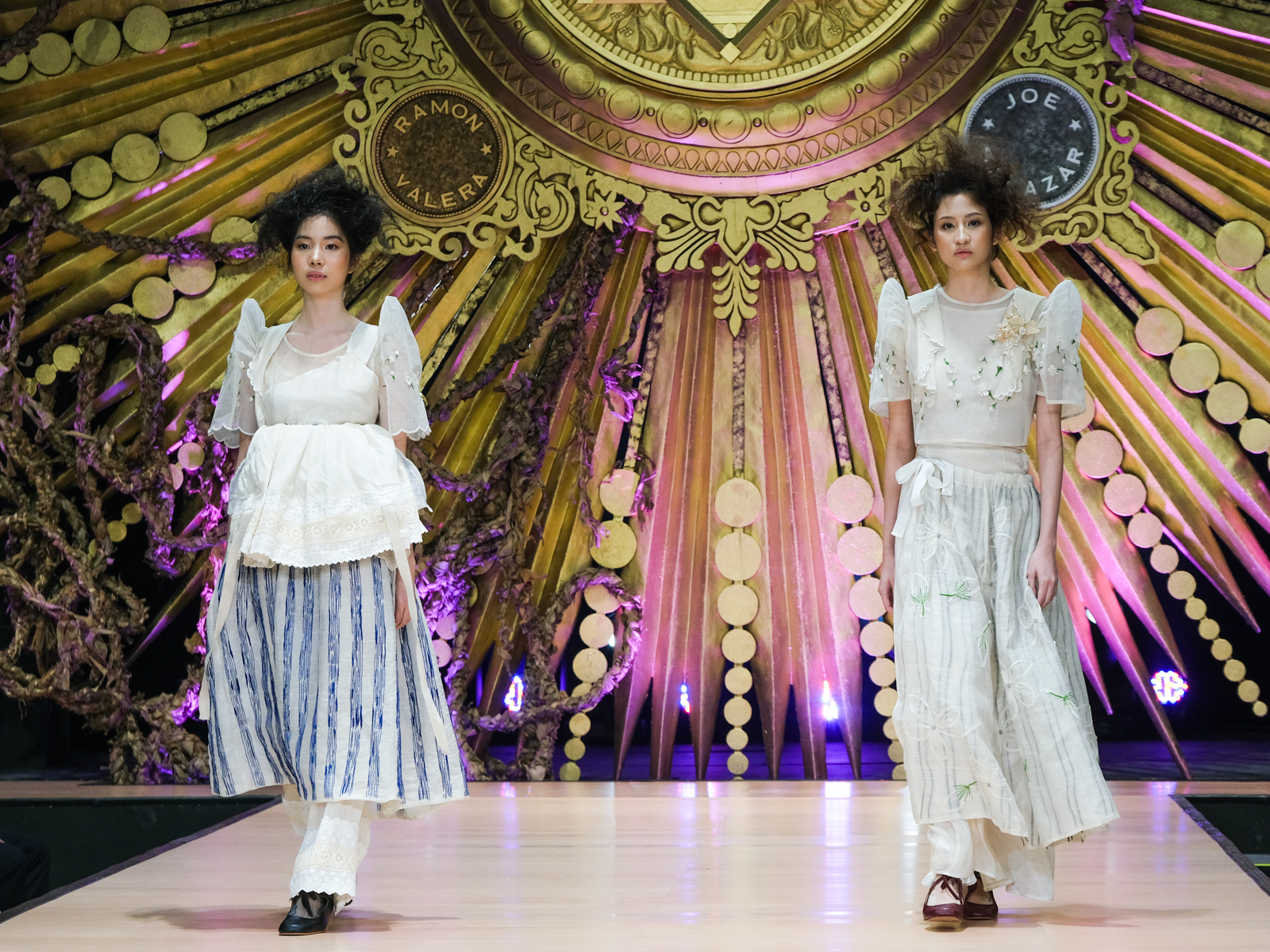
Hailing from Taytay Rizal, Gabbie Sarenas says she approached the challenge first breaking down what exactly makes up the Balintawak. Known for her penchant for multipurpose garments, Sarenas created two looks with transformational elements that quickly bring new life to the look. Her collection, which she describes as a love letter to the Philippines, won second place in the competition.
Bon Hansen Reyes

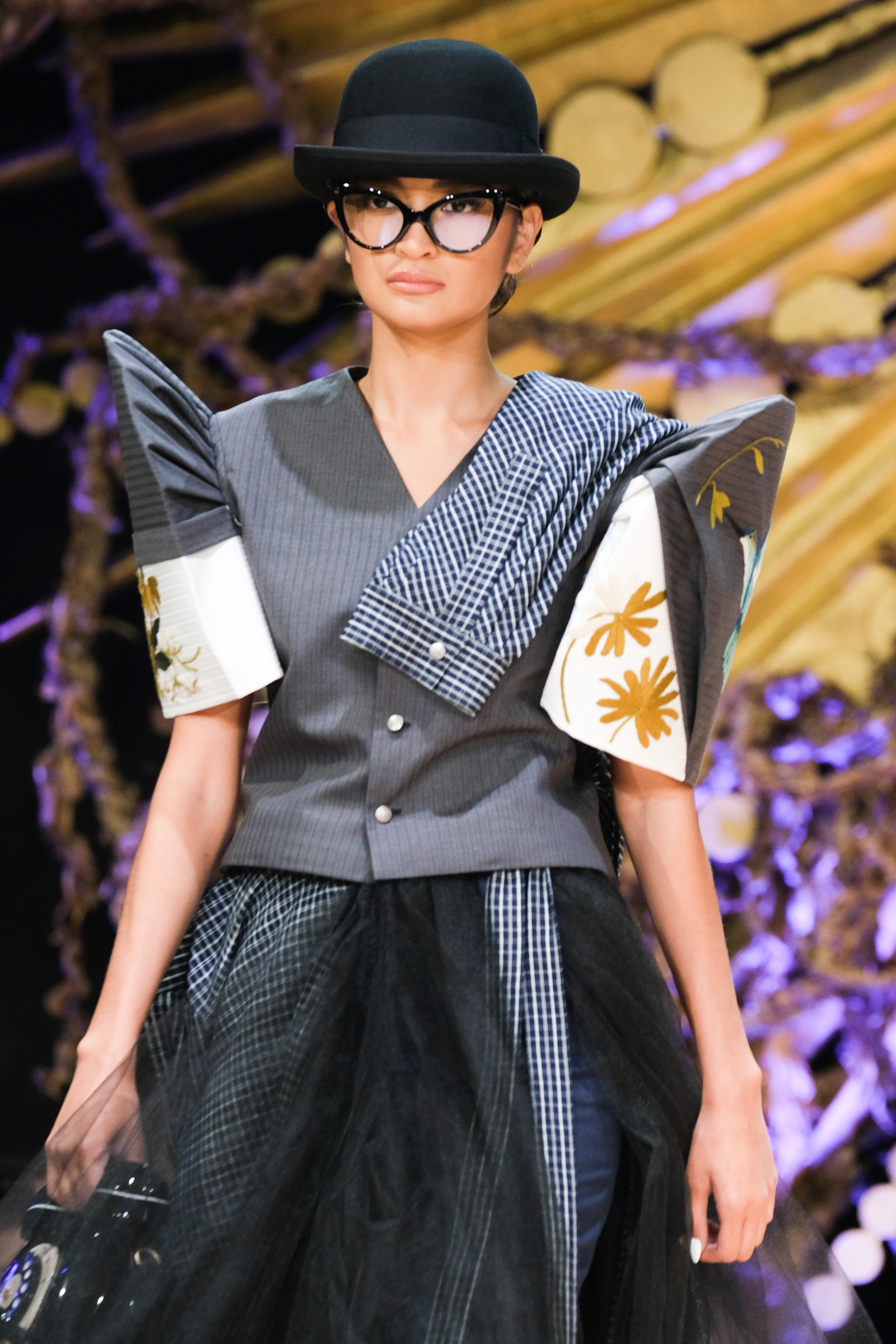
Fashion Institute of the Philippines graduate Bon Hansen Reyes infused his background in menswear and tailoring with the features of the Balintawak. According to the Rizal-based designer, his concept was to take a traditionally feminine garment and infuse masculine elements, resulting in a more genderless option.
Marc Cacillar

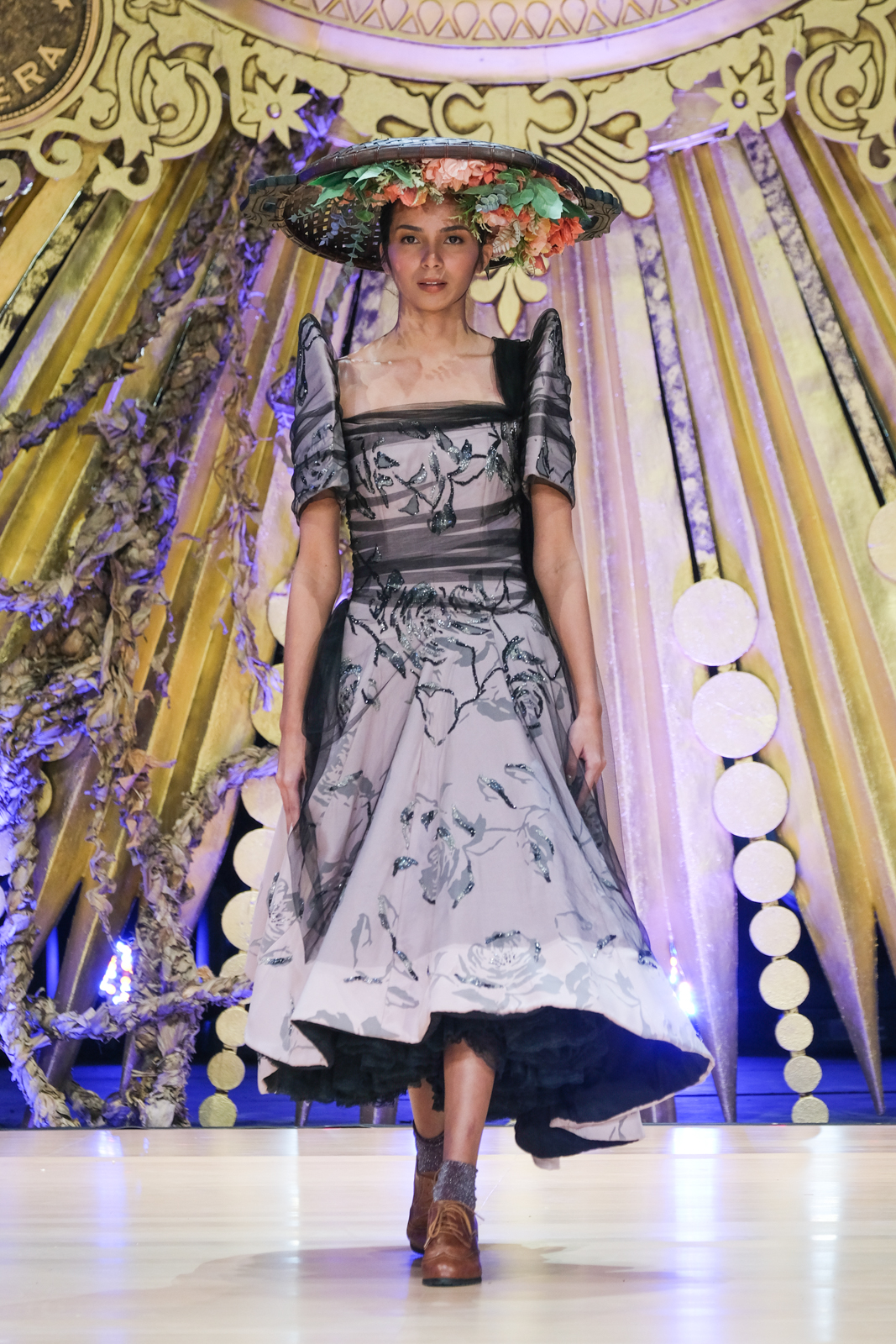
Marc Cacillar of Iloilo took inspiration from his own experiences as a creative. Both his looks harness the weight of his chosen fabrics and infuse both the tapiz and alampay. According to Cacillar, this reflects the hardships of those that often go unseen in the creative industry, as a way to highlight their significance and importance.
Karl Nadales
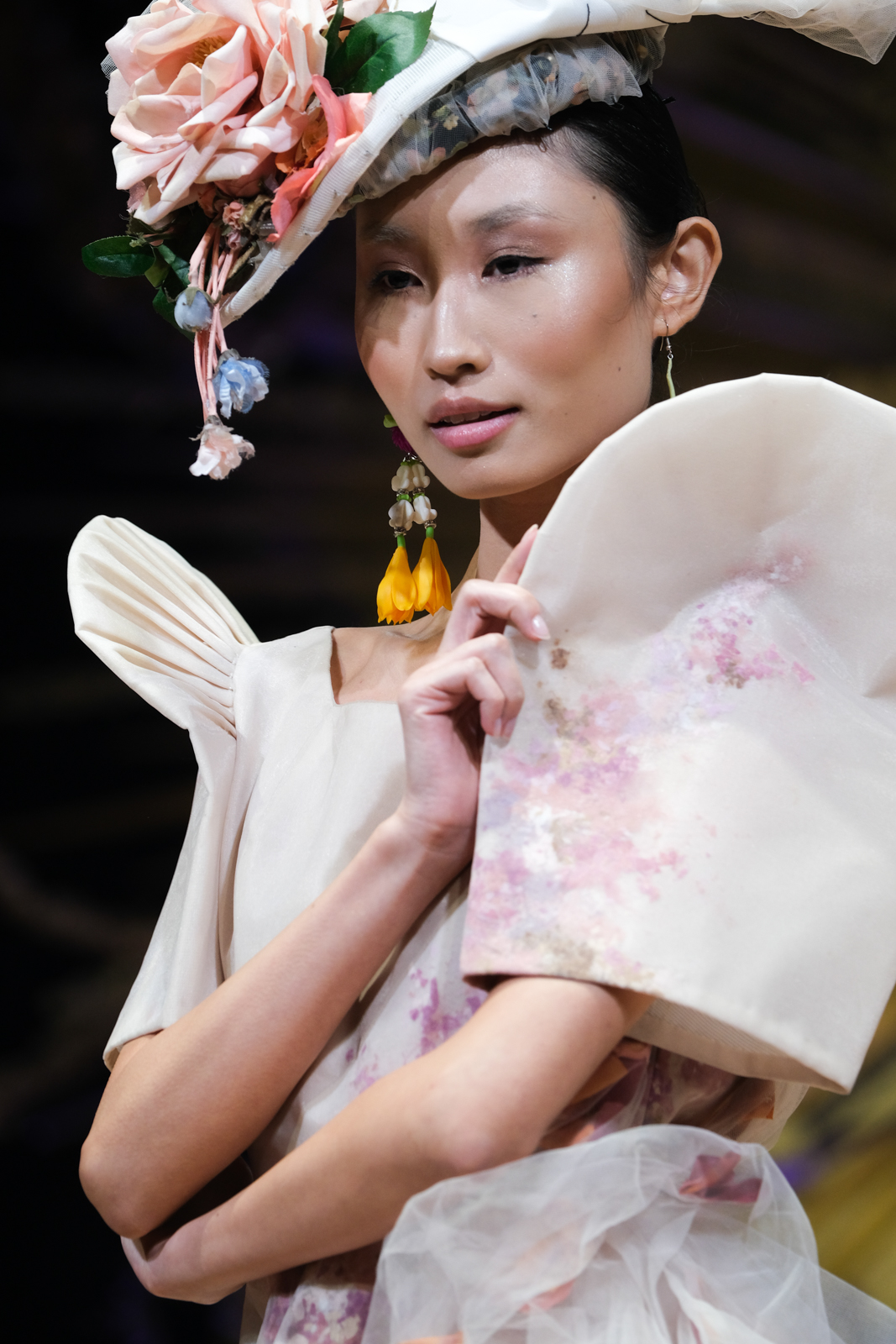

Karl Nadales of Iloilo took inspiration from the bagladies he would see in his province. The designer deconstructed the Balintawak to emphasize the intricacies of each garment, and made use of scrap fabrics and found objects as embellishments.
Yssa Inumerable

Yssa Inumerable took home this year’s first prize for her looks inspired by illustrations of Gibson girls and women’s sportswear in the late 1800s. She reimagined these historical silhouettes using only locally sourced fabrics. The Parañaque-based designer decided to merge polarizing concepts; masculine and feminine, East and West.
